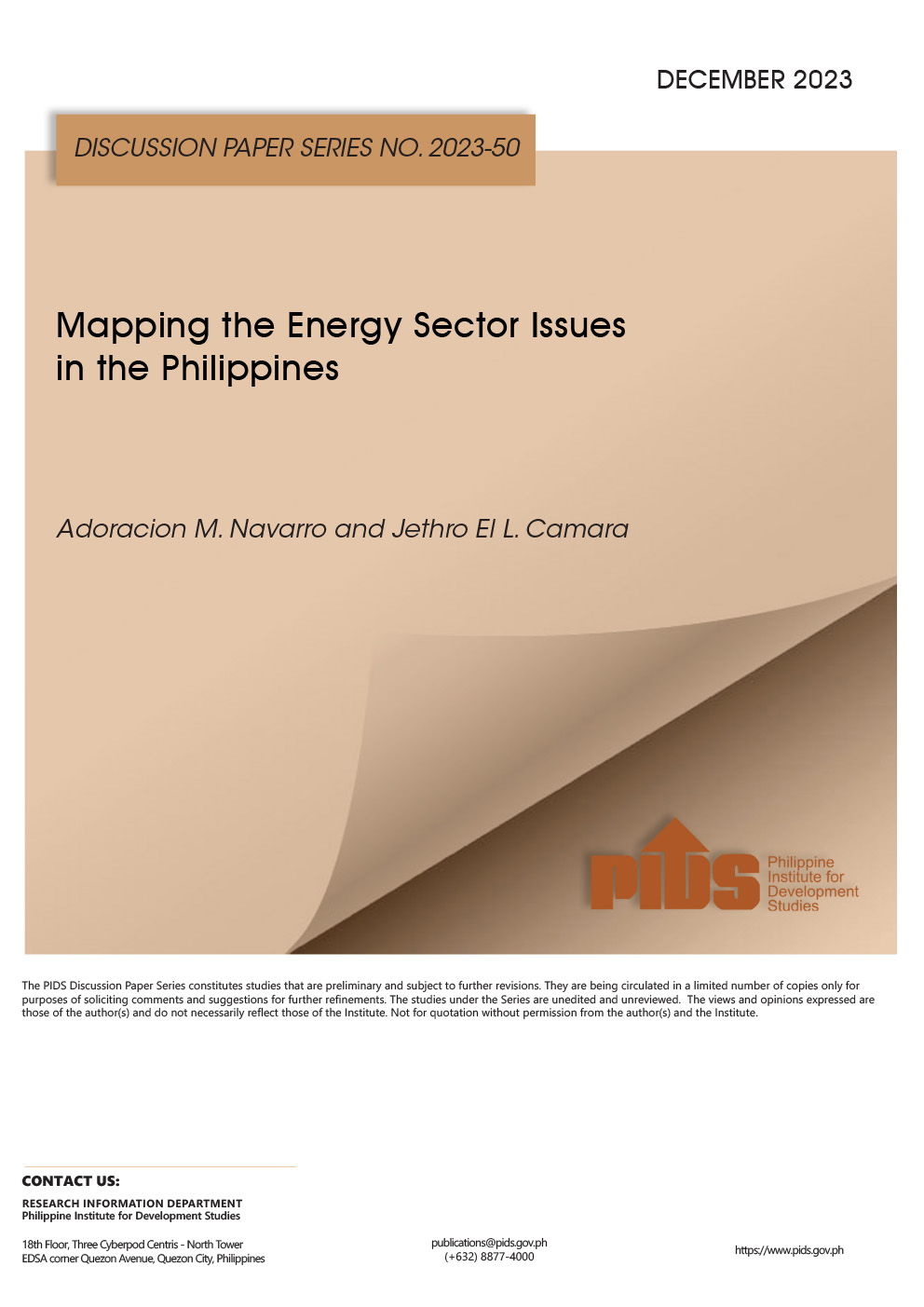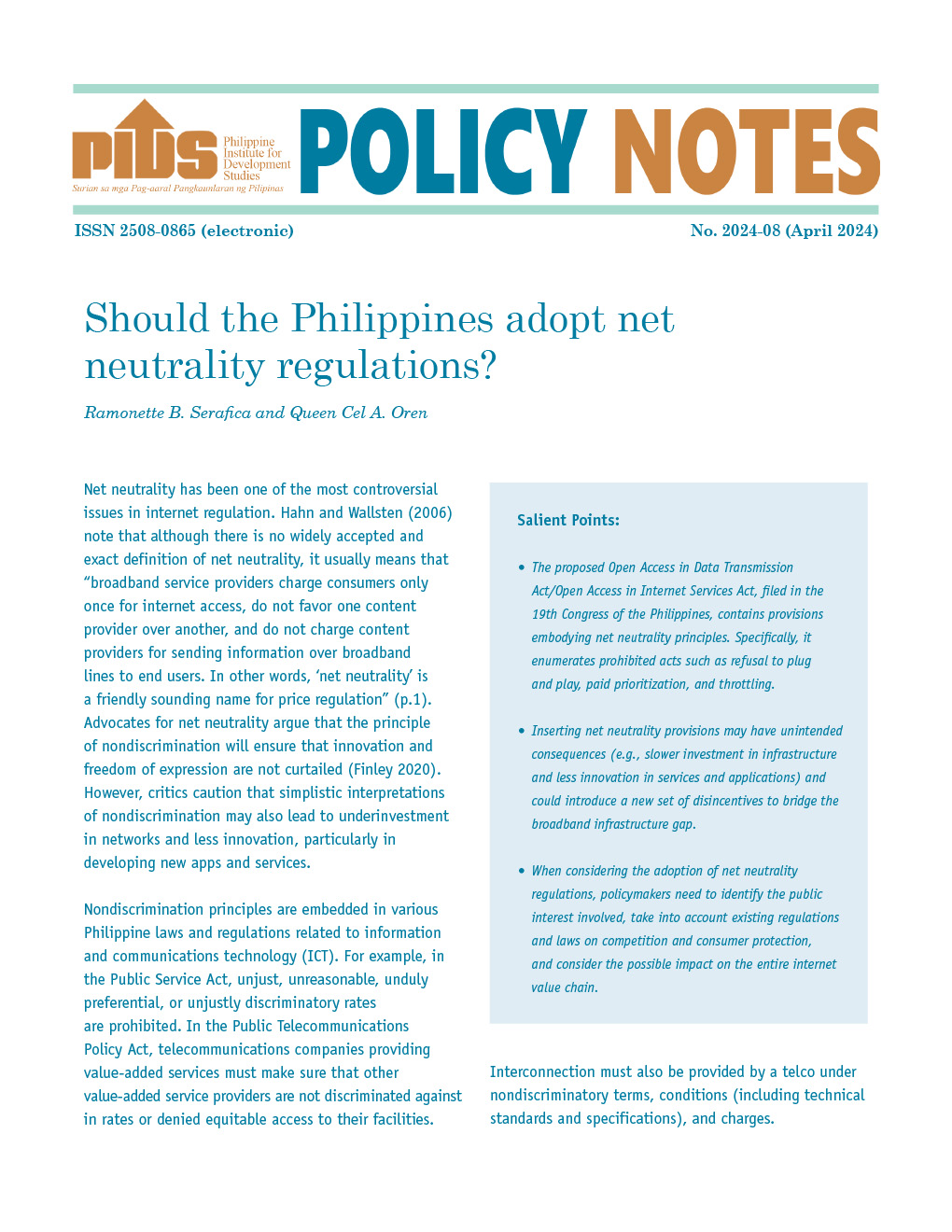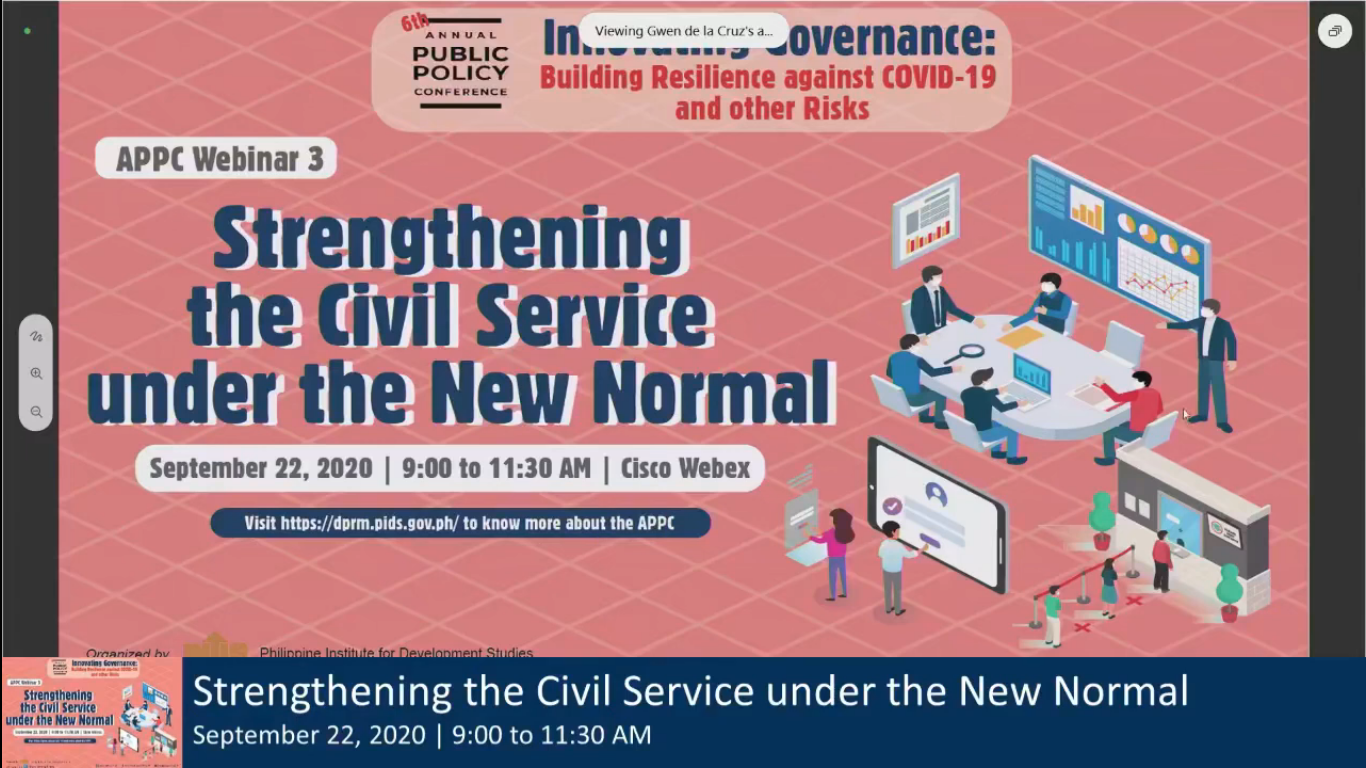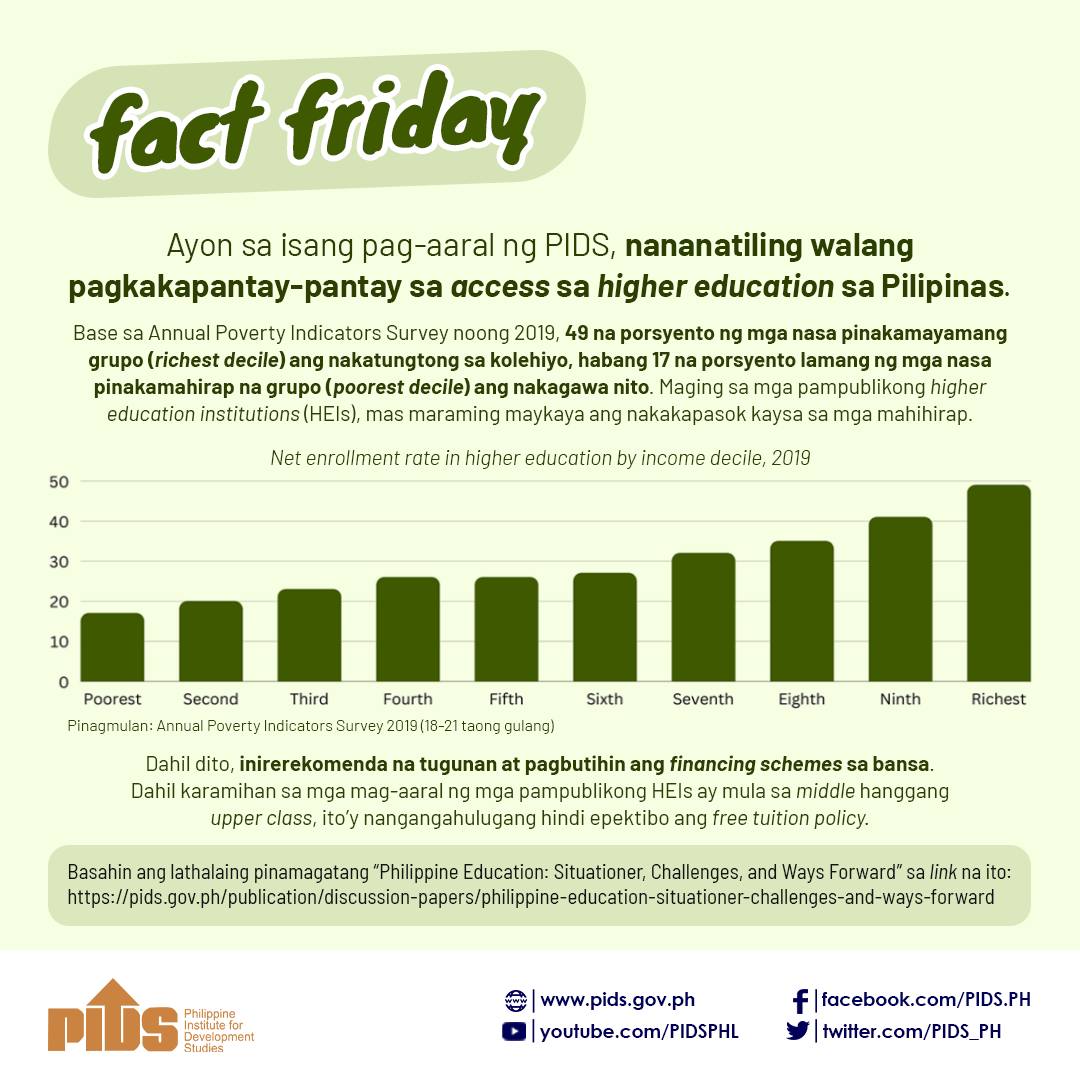After granting the P1 provisional increase of jeepney fares in Metro Manila, Central Luzon, Calabarzon and Mimaropa, the Land Transportation Franchising and Regulatory Board (LTFRB) is set to hear the fare hike petitions of Transport Network Companies (TNC) that operate Transport Network Vehicle Services (TNVS) through ride-hailing apps.
Speaking to “The Chiefs” on Cignal TV’s One News the other night, LTFRB executive director Kristina Cassion said the agency would be hearing the petition for fare hike on the more complicated fare matrix of TNVS units on June 29.
“For TNVS like Grab, Joyride… there’s a standard fare rate for that such as the flagdown rate, per kilometer rate and a P2 per minute and a surge rate. So they also filed a petition for a fare hike,” Cassion said.
Asked whether a fare hike for TNVS units would be likely, Cassion said the LTFRB “understands the situation of the transport sector,” but the decision requires thorough consultation and deliberation.
“It would really depend on the discussion,” she said. “But we also don’t know because the provisional fare increase (for jeepneys) was also unexpected. But we see the difficulty that drivers and operators face, that’s why the board approved it. So let’s just cross our fingers. Whatever the board discusses about this matter, we consult it with other sectors and the economic managers and what its effect will be, like inflation.”
Back in March, PUJ coalitions 1-UTAK, Pasang Masda, Altodap, LTOP and ACTO asked for a P1 provisional increase until the agency heard their main petition, a P5 increase on the minimum fare.
The LTFRB scrapped the petitions later that month, but on Wednesday granted the P10 minimum fare for the first four kilometers, with no increases in the succeeding kilometers. Meanwhile, other regions’ minimum fares would remain.
The decision is expected to trigger similar fare hike petitions from public utility bus, taxis and UV Express operators and drivers, which Cassion said the LTFRB was already preparing for.
“The LTFRB is studying all modes of transportation in case they also file petitions for a fare increase. At least the agency is ready with a study and a list of its effects on the economy,” she added.
Thankful but not enough
Transport groups yesterday welcomed the government’s decision to raise the minimum fare to P10, but appealed for more fare hikes, saying the P1 increase would “barely” help drivers and operators break even with hefty fuel costs.
Liga ng Transportasiyon at Operators ng Pilipinas (LTOP) president Orlando Marquez Sr. said the P1 increase would help drivers but stressed that the LTFRB needs to implement a 2019 fare matrix where fares would be adjusted automatically in accordance with fuel prices.
Marquez was referring to the LTFRB’s Memorandum Circular 2019-035, which states that the LTFRB would implement fare changes whenever fuel prices change “without the need for public hearings and other special proceedings.” The fare formula is applicable not only to public utility jeepneys (PUJs) but also to buses, taxis and UV Express units.
“The P1 fare increase will be of help, but if you look at the formula the LTFRB crafted, you can see that the computation in the fare matrix is good. But the question is, why aren’t they implementing it when they are answerable to taxpayers?” Marquez said over dzBB.
Jesse Tiquia, a taxi operator, said only less than half of his company’s taxi units are currently operating due to the skyrocketing fuel prices, adding that many taxi drivers from other companies have stopped operating due to losses they incur daily.
“Some of our taxi drivers are shifting to other professions because of high gasoline prices. Some have started working in construction, food service and delivery. We’re short in drivers right now,” Tiquia said in a dzBB interview.
Anti-poor
Reviving the Oil Price Stabilization Fund (OPSF) will not address high pump prices but is instead seen to be anti-poor, according to a report by government think tank Philippine Institute for Development Studies (PIDS).
Since the start of the year, gasoline has registered a net increase of P23.85 per liter, diesel by P30.30 per liter, and kerosene by P27.65 per liter.
In a webinar yesterday, PIDS senior research fellow Adoracion Navarro said reviving the OPSF would be anti-poor because the rich usually consume a higher volume of petroleum. “The subsidy from the OPSF will disproportionately benefit the rich more than the poor,” Navarro said.
Department of Energy-Oil Industry Management Bureau director Rino Abad agreed, saying that reviving the special fund will likely displace funding for other anti-poverty programs. “It becomes disruptive to the budgetary requirements of government,” he said, noting prices of oil change daily.
“Whether amending the law or reviving OPSF as a reaction to global higher prices will do more harm than good,” said Philippine Institute of Petroleum executive director Raphael Capinpin.
‘Suspend fuel taxes’
With the LTFRB’s decision to increase the minimum fare of PUJs in Metro Manila and other regions, senators are calling on the agency to continue listening to drivers, operators and commuters.
Sen. Aquilino Pimentel III said excise taxes and the value-added tax (VAT) on petroleum products could also be suspended to cushion the effect of the spiking prices of gasoline.
“For now (suspend excise taxes or value-added taxes), so that it will be accepted easily, temporary. But the study should be for the long-term (implementation). If it (petroleum products) is so critical in our daily activities and it is being imported, we don’t have any control. (I think) the better policy might be not to tax that product,” Pimentel explained.
Sen. Joel Villanueva also thanked the LTFRB for the P1 provisional fare increase of PUJs in Metro Manila, Central Luzon and Southern Tagalog.
He said the peso increase in fares must still be offset by the quick and efficient provision of government fuel subsidies for the transport sector.
“We also ask jeepney drivers not to miss the discount for senior citizens, students and our fellow PWDs,” Villanueva added.












